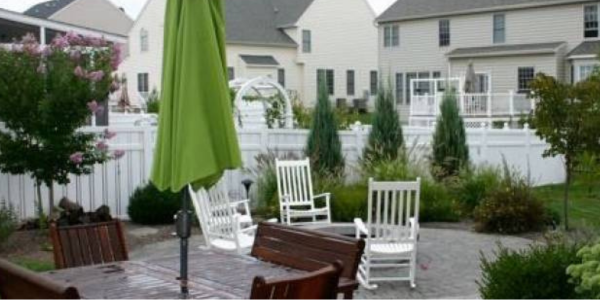During the winter, the more fragile plants in your yard can sustain irreversible damage. However, with the proper landscape maintenance, you can ensure your plants stay safe even as the cold tears through your area. Employing the techniques provided below will protect your plant life in the winter while allowing them to thrive once warmer weather replaces the cold.
Mulch
Cold weather is known for having a negative effect on soil. Unfortunately, that can cause permanent damage to your plants. While you can't stop the temperature from dropping in the winter, you can protect your soil by adding a layer of mulch to your garden bed. The mulch acts as an insulator by keeping heat and moisture in the soil which will help preserve the fragile plant life in your yard.
Cover Your Plants
Covering your plants can keep frost from ruining their leaves. To ensure your most fragile plants are safe, place a tarp or large cloth over them. Keep in mind, you don't want the tarp to directly rest on-top of the plant's branches or leaves. To help maintain a small gap between the tarp and your greenery, simply add stakes to the surrounding area. While covering your plants at night is essential, it's also crucial the tarp is removed during the day; otherwise your plants won't receive enough sunlight and fresh air.
Don't Forget The Water
While it may seem crazy to water your plants in the winter, it can actually help them maintain their health. Most people don't know wet soil is better at trapping heat, however, you only want to provide your plants with water when the frost is light. If you do it while the soil is frozen or the frost is thick, you can end-up damaging the roots of your plant instead of helping them.
Add Heat
Providing your plants with an artificial heat source can save them from the coldest of winter nights. If you're considering this strategy, be sure to purchase a heating source certified for outside use. Oftentimes, homeowners warm their plants with an exterior light that has a bulb no stronger than 100 watts. Unfortunately, anything higher can cause more damage than good. For the best results, the heating source should be placed under your tarp without touching your greenery.
If you wish to learn more about maintaining your landscape during the winter, please contact us today and we'll be happy to help.

